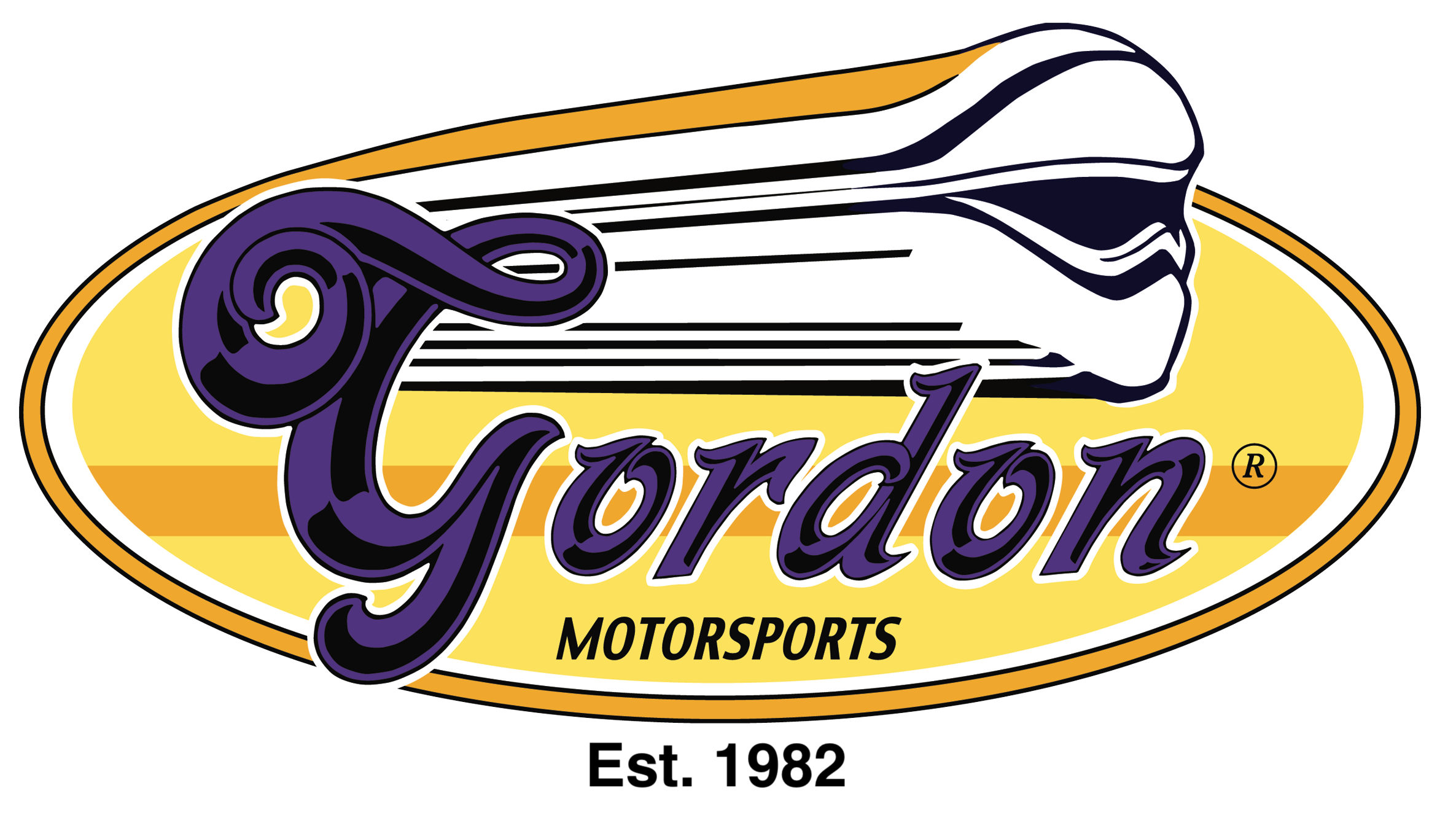 Auto racing is often regarded as the ultimate sporting harmonization between man and machine. Drivers travel at speeds touching 220 MPH (360km/hr). With Gforces that hamper breathing and heart rates beyond what our very best track athletes contend with, racing places incredible demands on the human body. So are these masters of the speedway mere slaves to the machine? Or are they a class of athlete worthy of appreciation similar to that of our sporting greats? We assess the physiological demands of racing and give some insight into its training regimes.
Auto racing is often regarded as the ultimate sporting harmonization between man and machine. Drivers travel at speeds touching 220 MPH (360km/hr). With Gforces that hamper breathing and heart rates beyond what our very best track athletes contend with, racing places incredible demands on the human body. So are these masters of the speedway mere slaves to the machine? Or are they a class of athlete worthy of appreciation similar to that of our sporting greats? We assess the physiological demands of racing and give some insight into its training regimes.
G-force to be reckoned with!
Imagine attempting to make split-second decisions based on instinct and reaction while your body is being squeezed by up to four times its own weight…now imagine doing it for 2 hours while traveling at high speeds. By far the most debilitating race effect that drivers have to deal with is the Gforces experienced during acceleration, cornering and deceleration. A variety of stresses are placed on the body during a race. Cornering, for example, can increase the Gforce as high as 4.0–4.5G, so that controlling a head-and-helmet mass of approximately 14 lbs (6.5kg) would produce a force of 4G – and an incredible 57 lbs (26kg) strain on the neck muscles. Imagine controlling that weight from the side of your neck whilst having to make split-second decisions that could see you ending up in the wall.

A Fit Driver is a Safe Driver
Be a S.A.F.E. (Skilled, Assured, Fit and Empowered) driver
Each type of motorsport requires similar but unique levels of fitness. Autocrossing requires massive, precise control for only 1 to 3 minutes of driving, dirt track stock car as well as pavement oval and road racing requires 1 to 2 hours of physical endurance and World Endurance Racing requires 3 to 4 hours of physical endurance with a recovery time that often equals the time in the seat before the next stint behind the wheel. In this development of performance the expectation is that you will have the endurance to complete the event at the same high level of skill as at the first lap. In fact you need to have double the endurance required to be able to drive at the limit and have visual and concentration skills to match.
